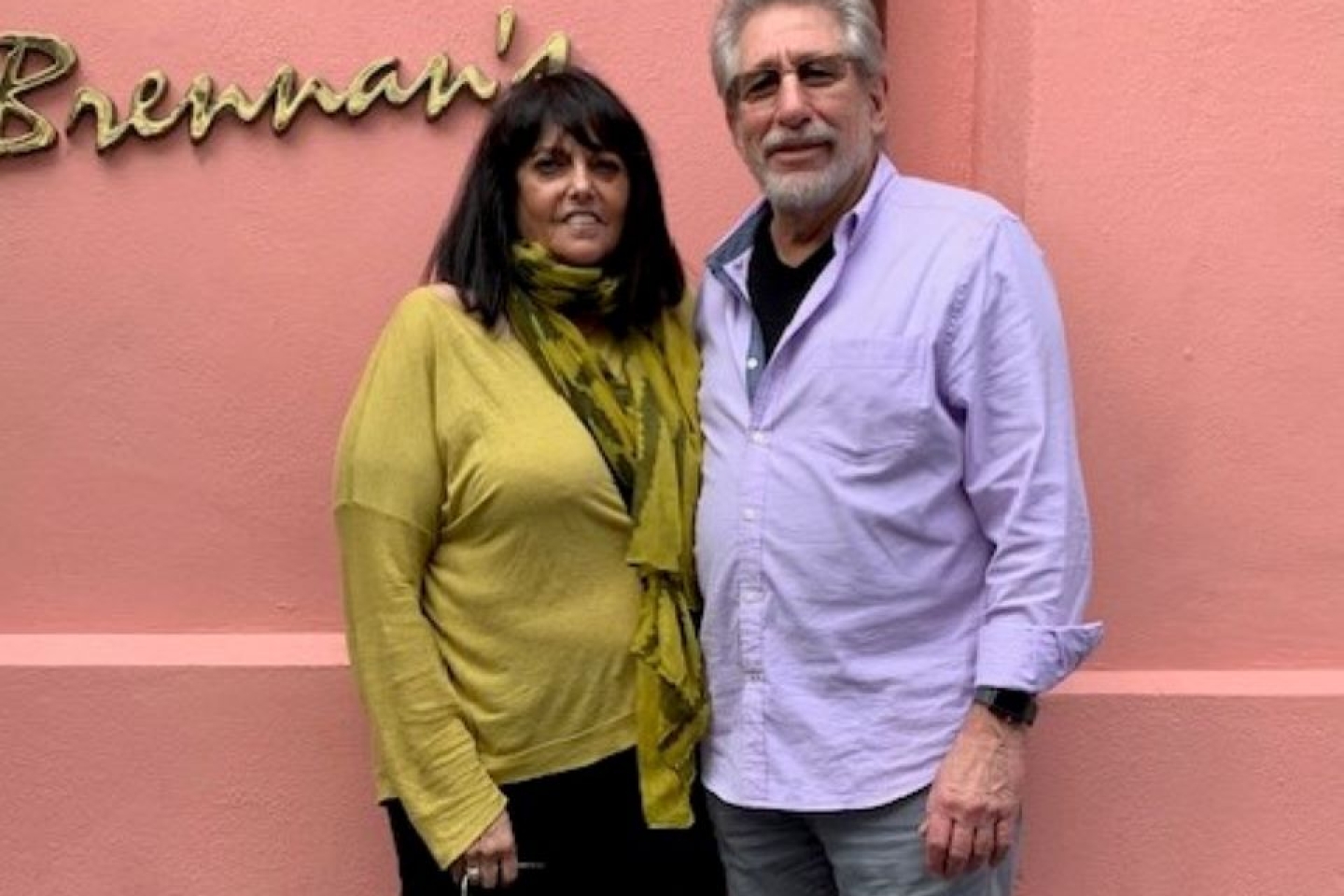
Arlene Packles had a violent cough. It didn’t sound quite human. It was like a seal’s bark or a car engine in trouble. And a round of coughing could last for an entire hour.
Packles’ illness began in 2020, just when the COVID-19 pandemic began its inexorable sweep across the country. A woman with a severe cough wasn’t unusual back then. The novel coronavirus—SARS-CoV-2—tended to push other respiratory conditions to the margins, at least at first. But there was another reason why it took a while for the 73-year-old from Bergen County, New Jersey, to find her way to a diagnosis.
Two years ago, Packles had had a bronchosopy—an endoscopic technique for visualizing the inside of the airways—but the prescribing physician never shared the results with her. He said the test was “lost in his system,” and asked her to come back in a few weeks if she wasn’t better. “But there’s no way I was going back to that doctor. I ended up requesting the test results from the hospital and heard back in 10 minutes. It showed that I had second-stage tracheobronchomalacia, also known as TBM.”
She finally landed at the right doctor’s office: a young pulmonologist who had recently heard Dr. Shostak speak at a conference about TBM. He strongly advised Packles to make an appointment with the TBM expert at Weill Cornell Medicine. She did just that, and on September 22, 2022, she underwent a surgical procedure that would restore her ability to breathe and cut her violent cough down to size.
Tracheobronchomalacia (TBM) is under-recognized by the pulmonary community, says Dr. Eugene Shostak, an Assistant Professor of Interventional Pulmonology who co-directs Weill Cornell Medicine’s TBM program with Dr. Oliver Chow, an Assistant Attending Cardiothoracic Surgeon and Assistant Professor of Clinical Cardiothoracic Surgery at Weill Cornell Medicine.
“Dr. Chow and Dr. Shostak saved my life,” Packles says. That’s the happy ending to a story with an inauspicious beginning, when she bounced from one pulmonologist’s office to another, given nothing more than a prescription for steroids and cough medicine.
TBM is a rare disorder that causes difficulty breathing and limits daily activities. It results in the collapse of the trachea (windpipe) and the main bronchi (airways) that lead to the lungs. It arises when the cartilage that gives the airways their proper shape and strength becomes weak and flimsy.
The short answer is by ordering a bronchoscopy—a technique that allows a specialist like Dr. Shostak to see the inside of the airways using a special camera.
“Unless you’re looking for it, TBM can be difficult to diagnose,” Dr. Shostak says. “For one, patients become used to their symptoms, often not realizing how serious they are. Second, the symptoms of TBM overlap with those that characterize other diseases, including asthma, COPD, chronic airway infections, gastroesophageal reflux disease (GERD), vocal cord dysfunction and even obesity.
“Patients who come to us end up seeing a team of specialists and undergoing a variety of tests to get the fullest possible picture of what’s going on,” he explains.
Weill Cornell Medicine’s TBM program entails a multi-disciplinary approach that promises to tackle all possible aspects of treatment.
Packles made several stops en route to recovery.
First, Dr. Chow performed a robotic-assisted tracheobronchoplasty—a technically complex but minimally invasive surgery that only a handful of thoracic surgeons in the United States are trained to perform. The entire operation was performed through 5 small incisions, each no longer than a fingernail. The next day, Packles woke up to find that her cough had gone from a seal’s bark to recognizably human in both scale and quality. She recovered well and left the hospital just 6 days after the operation.
That surgery was the main event. But she’d need two additional procedures to get her life and health back on track: a partial gastric bypass to help bring down her BMI (body mass index), thus preventing any excess weight from getting in the way of her breathing; and a procedure called a transoral incisionless fundoplication (TIF) to address her reflux. The TIF procedure, performed by the gastroenterologist on the TBM team, stabilized the valve that connects the stomach and esophagus, thus significantly reducing the rate of acid reflux into Packles’s esophagus and airways. This novel endoscopic procedure helps patients avoid more invasive surgery and highlights the technical expertise available through Weill Cornell Medicine’s TBM Program.
In retrospect, Dr. Chow explains, it’s clear that silent reflux was an underlying cause of Packles’s TBM. Acid had been spilling into her airways for several years, causing chronic inflammation and the loss of supportive structures, ultimately leading to the collapse of her trachea and bronchi. With the reflux controlled, her TBM is far less likely to return.
Packles is doing extremely well. It took nearly 4 months for her to recover from her multiple procedures, including surgery with Dr. Chow and her subsequent operations to address her weight and reflux issues, but she’s enjoying life again with her partner. And she has returned to her oil painting class at the 92nd Street Y in New York City—a hugely rewarding part of her life for the past 20 years.
“Occasionally, I still shake in my boots,” she says. “If I hadn’t found the doctor who referred me to Dr. Shostak, my life-threatening situation might have actually taken my life.
“Drs. Chow and Shostak saved my life,” she says. “I can’t repeat that too many times, and I’ll be saying it for the rest of my life.”
If you believe you may have TBM, please visit here to learn more.